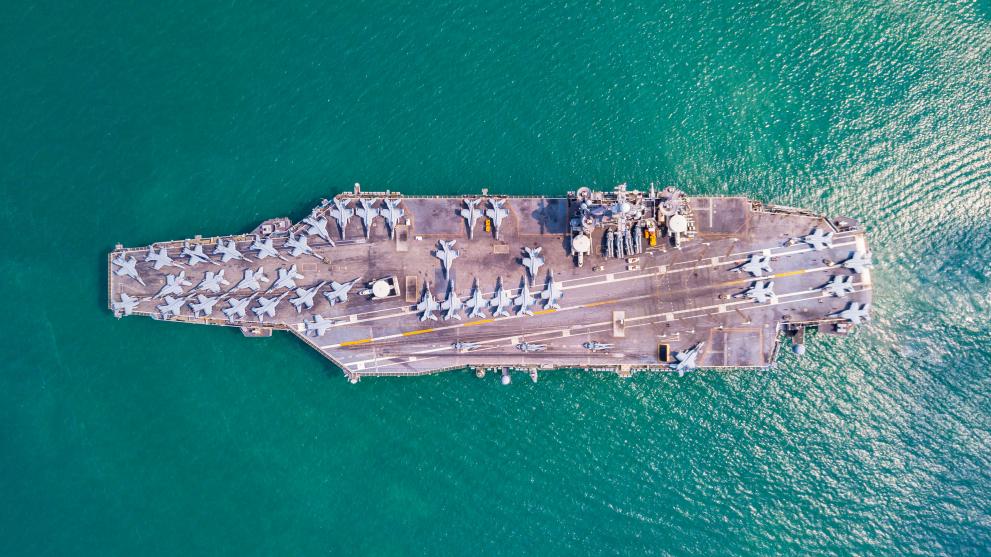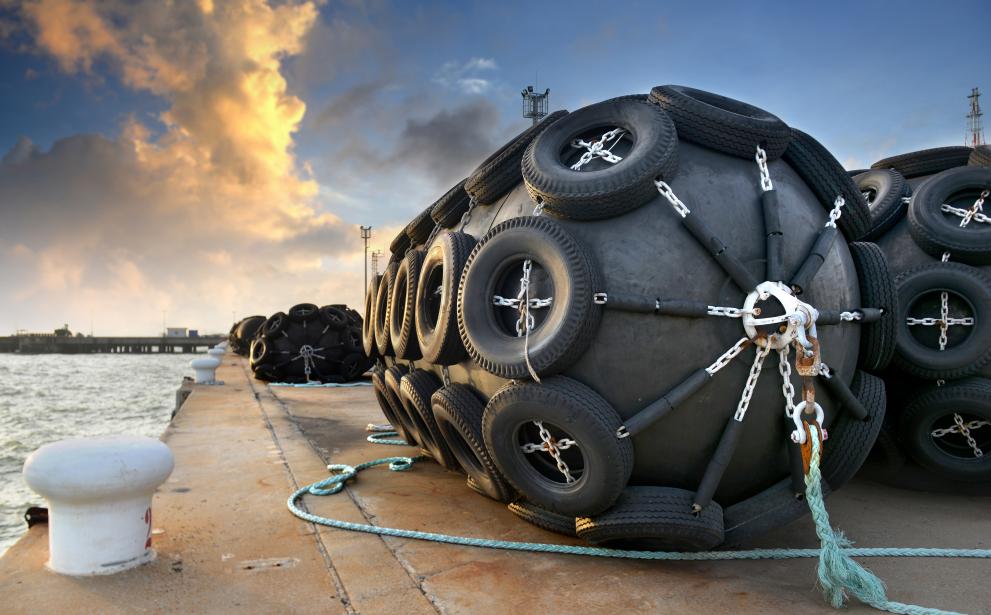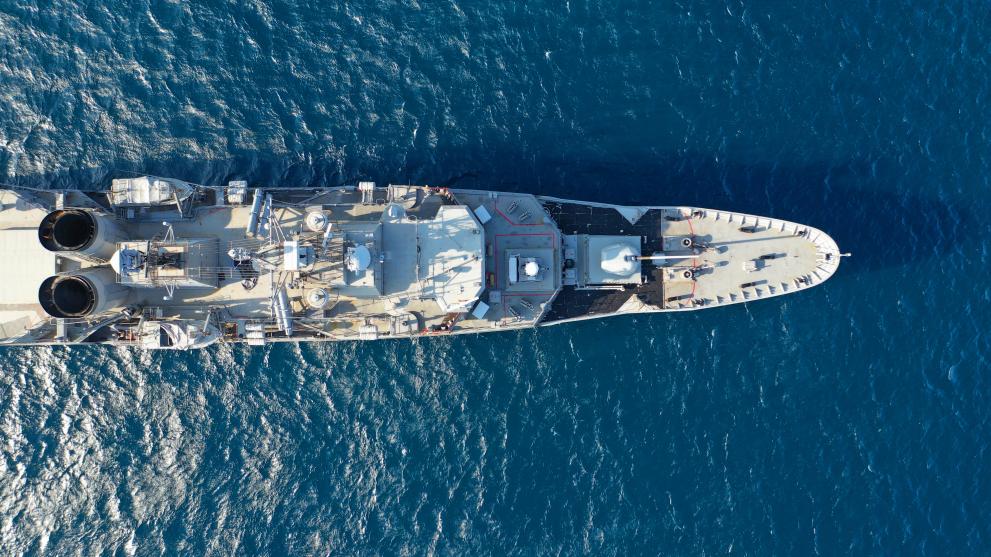The Maritime defence, security and surveillance sectors are gaining relevance and expanding with many technological innovations and applications for military and civilian uses.
Since 2006, the European Defence Agency (EDA) has collected annual defence data in line with the Agency's Ministerial Steering Board Decision. Despite the protracted economic downturn brought about by the COVID-19 pandemic, defence spending grew by 5% in 2019. According to the most recent release, defence spending by the 26 EDA Member States increased for the sixth year in a row in 2020, with a total budget of EUR 198 billion.

Defence Research and Technology (R&T) spending is expected to reach EUR 2.5 billion in 2020, up 46% from 2019. This is the highest sum recorded by the EDA since it began collecting statistics in 2005, and the first time since 2008 that defence R&T investment has exceeded USD 2 billion. In terms of sustainability, the EDA contributes to the European Union's Green Deal strategy by spearheading relevant actions for the marine industry. They also work with the European Commission (DG ENER) to establish the SYMBIOSIS project . This project aims to identify the conditions that potentially support the co-existence pf offshore renewable energy advancements and defence activities and systems. The project's findings will substantially contribute to the EU's aspirations to attain climate neutrality by 2050 while also improving defence energy resilience and autonomy.

France and the UK account for 40% of the total Defence R&D spending in Europe, with Germany, Italy, Spain and Sweden following.
The monitoring of EU seas requires close collaboration and coordination among Member States. The European Commission and the agencies support this work as part of the European Union Maritime Security Strategy (EUMSS) for instace through the Common Information Sharing Environment (CISE), one of the EU MSS's accomplishments.
To preserve EU strategic interests at sea and on shore, including the protection of citizens and economic activities, significant resources and investment are required to develop sophisticated and innovative surveillance systems and techniques. To this end, under the multi-annual financial framework of the European Union, the European Defence Fund (EDF) will support the research and development of collaborative defence products and technologies with a budget of close to EUR 8 billion for 2021-2027.

